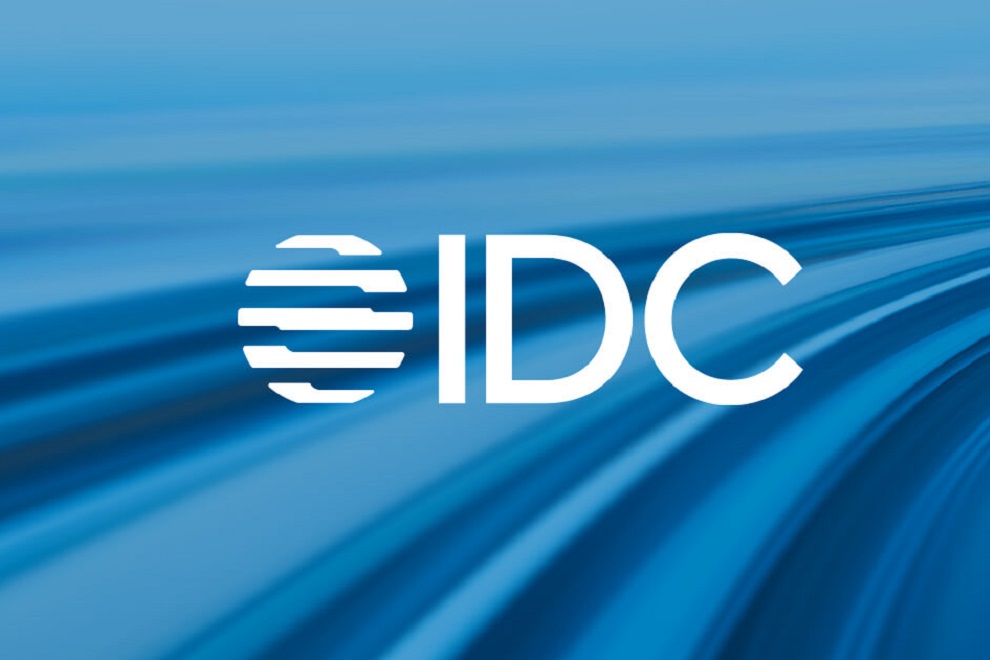Spending on security solutions and services in the Middle East and Africa (MEA) (including Israel) will increase 7.9% year on year in 2023 to reach $6.2 billion, according to the latest Worldwide Security Spending Guide from International Data Corporation (IDC). The firm’s newly released forecast indicates that this figure will reach $7.7 billion in 2026, representing a compound annual growth rate (CAGR) of 7.8% over the 2022–2026 forecast period.
Security software will account for the largest share of spending in 2023 (41.2%), followed by services and hardware. IDC also expects security software to see the fastest rate of growth this year, as the proliferation of digital transformation initiatives is driving increased demand for such solutions across the region.
“As organizations across the MEA region increasingly embrace digitalization strategies and rapidly shift toward cloud migration, we will inevitably see an expansion of the threat surface area,” says Yotasha Thaver, a research analyst for software and Cybersecurity at IDC. “The region has already witnessed exponential growth in threats such as DDoS attacks, phishing, and ransomware, resulting in the implementation of strict regulatory compliance measures across many countries and greater awareness around the need for organizations to improve their security postures. This will drive strong demand for security solutions over the next few years until the situation stabilizes.”
With 19.2% share, the banking, financial services, and insurance (BFSI) vertical will be the MEA region’s biggest spender on security solutions and services this year and will remain so through 2026, with banks expected to account for around 78% of total BFSI spending in 2023. Cybersecurity remains a top priority for the industry, with BFSI organizations continuing to spend on enhancing security in their application and development environments, strengthening customer trust in digital services, and developing security for cloud migration. As such, organizations in this space are primarily focusing on endpoint protection and network security (e.g., firewalls, VPNs, and zero trust).
Government organizations will be the region’s second-biggest spender on security solutions and services in 2023, with 15.6% share, as they look to ensure regulatory compliance and invest in network security and endpoint security solutions. Discrete manufacturing companies, which are focused heavily on endpoint security and cybersecurity analytics, intelligence, response, and orchestration (CAIRO), will follow in third place with 10.1% share.
The personal and consumer services sector will have the highest growth rate (12.8%) in 2023, followed by construction (10.6%) and retail (10.4%). Security spending across all verticals will continue to grow as awareness increases, with most organizations now embedding IT security into their new business initiatives and making it an integral part of their planning, assessment, and execution.
The Worldwide Security Spending Guide quantifies the global revenue opportunity for both core and next-generation security purchases, with detailed forecast data for security spending by 20 industries across 48 countries. This version (V1 2023) of the Spending Guide incorporates updated estimates for the impact of current global and local trends.












